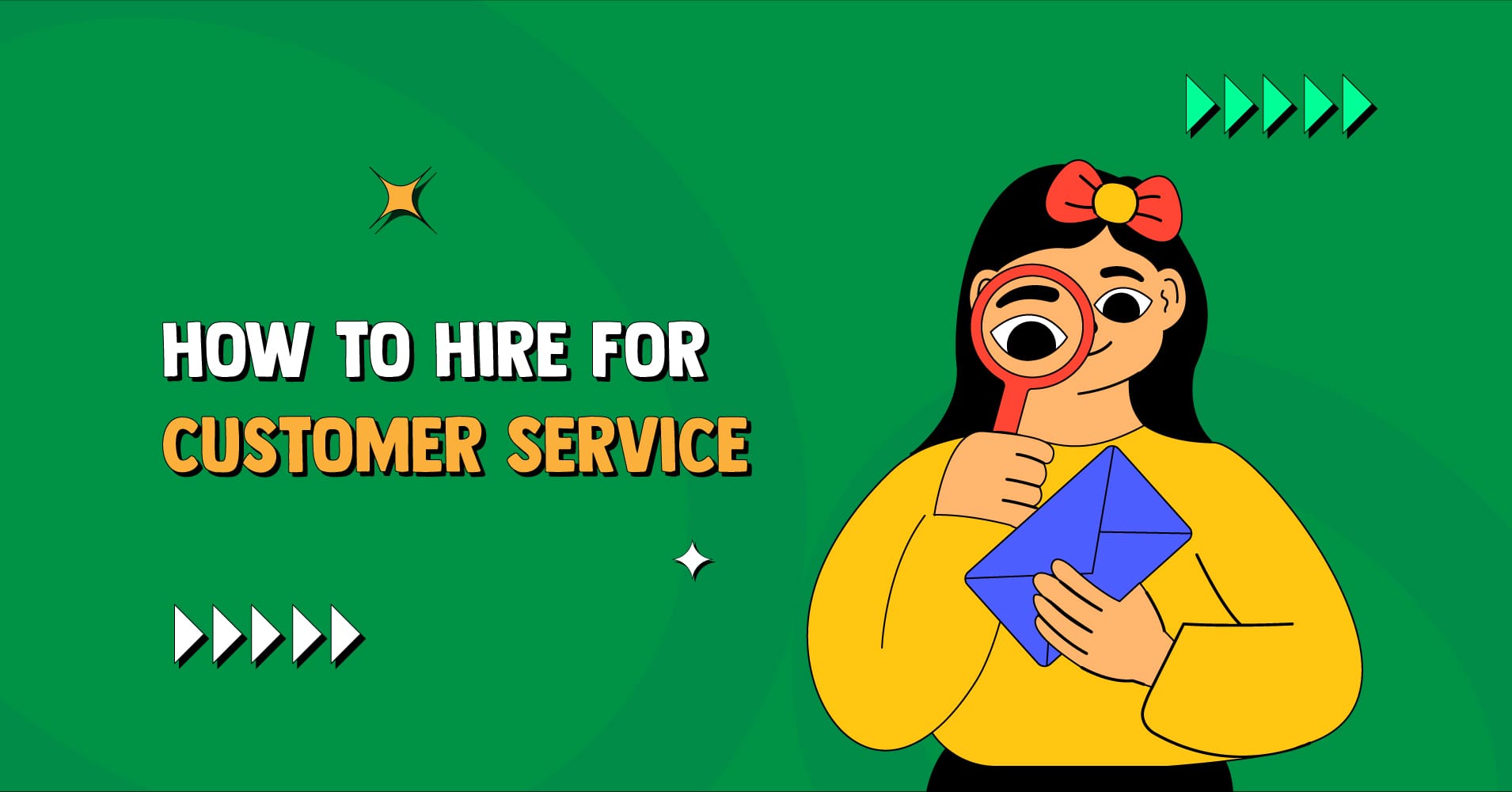
How to Hire & Onboard for Customer Service – 100% Proven Strategies
By Uttam Kumar Dash
July 19, 2023
Last Modified: November 13, 2025
In most cases, customers only interact with a business through your customer service team. These interactions have the potential to turn negative experiences into positive ones.
Therefore, an extraordinary customer service team is essential for shaping the experiences and rightly connecting your business with its customers.
Through these unique interactions, a customer service team can gather valuable insights about customer needs, preferences, and pain points. That results in improving products, services, and customer experience.
Thus, in order to build a strong team, it is crucial to find the right fit and equip them for success. So, here, we’ll guide you to understand, find, select, and onboard the best candidates for these roles.
Customer service roles & their responsibilities
Before we get our heads into the zigzags of the hiring process considerations, let’s revise the most popular positions customer service has under its wings.
| Positions | Responsibilities |
| Customer Support Specialist | 1. Provide technical support to customers for particular products. 2. troubleshoot customer problems. 3. Escalate complex issues to the appropriate team. |
| Customer Service Manager | 1. Oversee the customer service team. 2. Ensure that the team is meeting the company’s customer service goals. 3. Hire and train new customer service representatives. 4. Develop and implement customer service policies and procedures. |
| Customer Experience Manager | 1. Responsible for the overall customer experience, not just the customer service team. 2. Work with other departments in the company to ensure that the customer experience is consistent across all touchpoints. 3. Collect customer feedback and use it to improve the customer experience. |
| Chief Customer Officer (CCO) | 1. The most senior-level position in a customer service team. 2. Responsible for setting the company’s customer service strategy. 3. Ensure that the company is providing exceptional customer service. |
| Customer Service Representative | 1. Frontline support role in the customer service team. 2. Focuses on general customer issues. 3. Ensures delivery of exceptional customer service. |
Optional positions | |
| Onboarding Specialist | 1. Onboard new customers. 2. Help them get started with the company’s products or services. |
| Retention Specialist | 1. Keep existing customers happy. 2. Prevent them from leaving the company. |
| Complaints Manager | 1. Handle customer complaints. 2. Resolve them in a timely and satisfactory manner. |
The right time for you to hire for customer service
Is this the right time for you to hire a new member of your customer service team? This is a legit question.
You see, time is a critical factor in assessing customer service. Even a perfectly accurate and helpful answer loses its value if it arrives days late.
On one side, if you hire too early it will surely lead to underutilized staff. On the other end, hiring too late results in compromised service quality and low team morale due to overwhelming volumes. Therefore, you need to determine a sweet time to introduce a new member to the team.
Here are key indicators that you can take into account before hiring:
- Team stress: If your team is overwhelmed and struggling, it’s time to consider new hires.
- Sliding metrics: Monitor support volume, response time, resolution time, and customer satisfaction. Any significant shifts may indicate a need for additional staff.
- Forecasting model: Utilize a forecasting model to predict hiring needs based on support questions per customer, conversations per agent, and cost per hour. Factor in expected company growth.
- Hire before absolute necessity: Don’t delay hiring until your team is overwhelmed. It’s challenging to manage recruitment when stretched to the limit, impacting service quality.
- Consider onboarding: Factor in the time it takes for new hires to learn products, systems, and approaches. Account for potential temporary capacity reduction due to training.
- Maintain slack time: Allocate excess capacity for training, improving documentation, and reducing burnout risk.
- Review metrics: Analyze support volume, customer growth, contact rate, reply times, QA scores, and customer satisfaction metrics for signs of increased workload.
- Company plans and strategy: Align with projected goals and growth rate to determine hiring needs.
- Explore alternatives: Implement cost-effective measures like offset shifts, knowledge base improvements, involving non-support staff, product/process enhancements, or outsourcing.
Is it easy to hire for customer service roles?
No, most people are not familiar with customer service roles and what they do. As a result, they are unlikely to actively seek or prepare for job roles within it. In most cases, just for the sake of finding a living and giving it a try they apply for job roles of this sort.
Remember, “a poor hiring decision costs a business 15 times the bad hire’s base salary in expenses and shortfalls” – Geoff Smart
So, you must keep in mind the odds of encountering a large number of job applicants who may not be very enthusiastic, passionate, or may not even be familiar with customer service roles and their responsibilities.
How to hire for customer service roles
When hiring new team members, it’s important to align their capabilities & potential with your customer service goals and values. In order to guide your hiring decisions consider whether your focus is on high-touch, low-volume service or high-volume, self-service-led interactions.
What do they mean?
High-touch, low-volume service: This focuses on quality interactions rather than only dealing with tons of people.
high-volume, self-service-led interactions: This involves managing a larger volume of customer interactions.
Thus, by pre-determining these and the rest of your demands you can filter out the best candidates for your open positions. Here are the 6 best practices to keep in mind before selecting and onboarding a new member.
1. Pinpoint desired skills and experiences in candidates
When considering the role you’re trying to fill, think about the potential positions suitable candidates might be working in. This will help you compile a list of skills to prioritize when hiring.
Ask these below-mentioned questions to yourself and write your answers down on your notepad.
- Which skills are essential for all customer service professionals?
- What specific skills are required for this particular role?
- Are there any skills or experiences that would be nice to have but aren’t crucial?
To broaden your perspective, seek input from your existing team. It is to determine the skills they believe would be most beneficial for the team’s success.
You can take a look at a well-designed customer service resume example. Templates that highlight essential abilities and showcase suitability for roles in customer-facing positions.
Technical skills and writing are essential but common in customer service. These hard skills can be easily taught. But, there are some other major skills that differentiate the average service professional from those who leave customers feeling exceptionally satisfied. You should take those skills into account too. These skills are,
- Empathy
- Exceptional communication skills
- Continuous improvement
- Patience
- Positivity
and so on.
Note: The questions that are mentioned above should reflect on your job post’s requirements list.
2. Crafting an irresistible job opening description to attract top talents
Creating a job description that attracts high-quality applicants requires some effort. Treat the job description as a marketing tool to sell your role effectively. Start with a clear and direct job title that aligns with similar positions in companies like yours.
To compose an appealing job description, consider the following suggestions:
- Envision the future by understanding the growth potential of the role.
- Avoid limiting language that may discourage potential candidates, such as gender-biased or overly specific requirements.
- Test your language for inclusivity and diversity to attract a wider range of applicants.
Here’s an example of an irresistible job opening description for a particular customer service role.
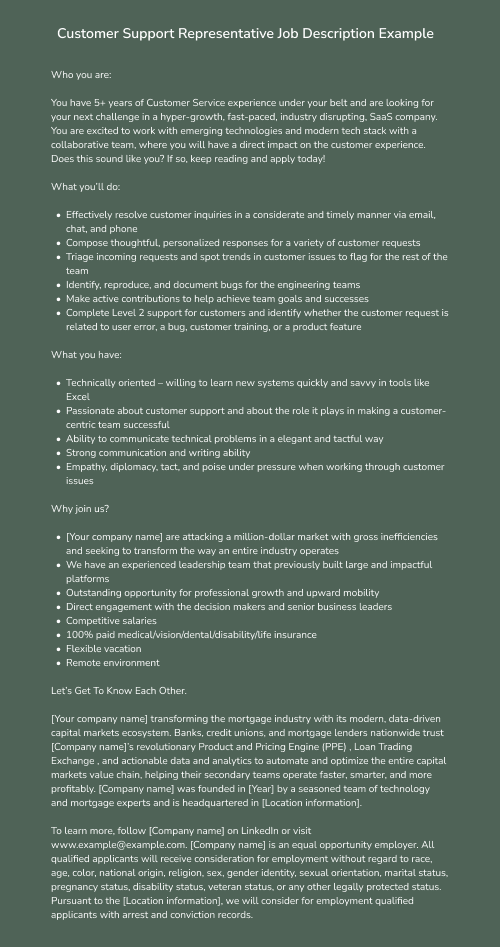
3. Bring it in front of the ideal candidates
The mass-market job posting sites may yield a large applicant pool, but the quality of fits may be poor.
Therefore, to attract high-quality applicants, consider specialized job boards. For example, Elevate CX, Support Driven, and CX Accelerator, etc. These websites directly appeal to your desired candidates.
For remote teams, platforms like We Work Remotely can help reach qualified individuals worldwide.
There are some other options that include,
- Posting & search on LinkedIn.
- Investing in an applicant tracking system.
- Leverage personal referrals through networking.
- Seek recommendations from customer support professionals and business partners.
- Implement employee referral programs.
4. Application assessment
When evaluating job applications, implement a simple screening question. It is to test their communication skill. Request a cover letter from candidates to showcase their writing abilities. Look for analytical readers who craft appropriate responses, essential qualities in a customer service role.
The application assessment process involves multiple aspects, including:
- Functionality
- Usability
- Security
- Performance
- Compatibility
- Code quality
Defining objectives and gathering information are crucial initial steps. So, select appropriate tools and techniques, such as automated testing or penetration testing, to perform the assessment. After that, analyze the results, prioritize findings, and implement remediation.
Follow these practices to identify the right candidates and assess applications effectively:
- Engage with key stakeholders (application owners, users, operational teams, and project champions).
- Manage expectations and clarify that the assessment focuses on optimization, not blame.
- Provide deliverables like findings meetings, assessment reports, action plans, and dashboards.
- Facilitate effective communication and implementation of assessment outcomes.
5. Take a solid interview
Follow these steps to ensure you find the right candidates for your customer service team:
- Plan thoughtful questions: Conduct interviews with planned questions to assess candidates’ customer service alignment.
- Look for key skills: Seek emotional intelligence, problem-solving, and strong communication abilities.
- Open-ended storytelling: Use open-ended questions to encourage candidates to share relevant experiences.
- Create a comfortable atmosphere: Put applicants at ease by maintaining eye contact and establishing rapport.
- Active listening: Pay close attention to non-verbal cues and listen attentively to their responses.
- Encourage inquiries: Make them feel welcome to ask questions about the role and the company.
- Take comprehensive notes: Document their answers and impressions for easy comparison.
- Stay Focused: Avoid any discriminatory questions and keep the focus on job-related aspects.
6. Evaluate candidates with a test project
An effective hiring process must involve assigning relevant and paid projects to candidates. This is a chance to showcase their technical skills.
For example, candidates for customer support roles at Fluent Support perform instant solutions and respond to realistic customer questions in a special set-up queue.
Inform candidates about the assignment process beforehand. Also, specify the deadline and provide contact information. Include clear instructions and necessary attachments in the task-assigning email.
Make sure that the candidates understand your given task. After receiving their submissions, acknowledge and appreciate their effort while keeping them informed about the next steps.
Before onboarding your final steps will be to select among the best-performing candidates. Choose wisely.
How to onboard a new customer service staff
“Organizations with structured onboarding saw a 60% year-over-year improvement in revenue.” – Northpass
After selecting the best candidates, you must take your new member through a proper onboarding process. At the beginning of onboarding, sharing info about your company, customers, and the products they’ll work with is vital. Here are the 4 key areas to focus on while onboarding:
Document everything: Capture the valuable knowledge residing in the minds of your current staff by putting it down on paper. This way, important information won’t be lost or overlooked, and your new team member can easily access it.
Take note of customer preferences, and common challenges faced. Note down successful strategies employed by your experienced team members.
Prioritize the “why” over the “how”: Begin by explaining how you want your customers to be treated and the core values that should be reflected in your customer service. Once they understand the big picture, delve into the specifics of your products and processes.
Emphasize the importance of empathy, and problem-solving. Also, shed light on the benefit of long-term relationships with customers before diving into technical details.
Assign a buddy: Pair your new team member with a trusted colleague. A helping hand who can guide them on working effectively within your team.
Assign a buddy to tell about the best practices for collaborating, communicating, and resolving challenges.
Actively seek feedback: Encourage new members to provide feedback early and frequently. This helps identify gaps in your onboarding process, confusing procedures, and pain points before they become ingrained in everyday operations.
Regularly ask for their input on what could be improved. Also, encourage them to speak if any confusion arises while working.
Don’t hire more staff if these alternatives work in your case
By adopting these below-mentioned options you can help mitigate the need for immediate hiring.
| Options Before Hiring | Meaning |
| Change coverage patterns | Adjust working hours to align with incoming support volumes. For example, shift someone to cover weekends or start and finish later. |
| Build self-service options | Develop resources to empower customers to solve their own problems. These will reduce the workload for the team. |
| Try whole-company support | Encourage employees outside of the customer service team to assist customers directly. It will increase coverage and foster a more customer-centric company culture. |
| Invest in product and process improvements | Focus on enhancing the product or service to address common issues. This way you can provide long-term solutions and minimize the need for customer support. |
| Use an outsourcing firm | Consider outsourcing support to a specialized company. Offer flexibility and quality assistance, particularly for highly seasonal support demands. |
Customer service team is your business frontline
Customer service representatives embody your brand’s face and can either make or break your company’s reputation.
Therefore, once hired, it’s crucial to invest in regular training. It is to ensure their deep understanding of your products/services. And, this is also to improve their ability to serve customers with utmost professionalism.
You’re welcome to share your customer service hiring strategies! We’d love to hear your insights and experiences.






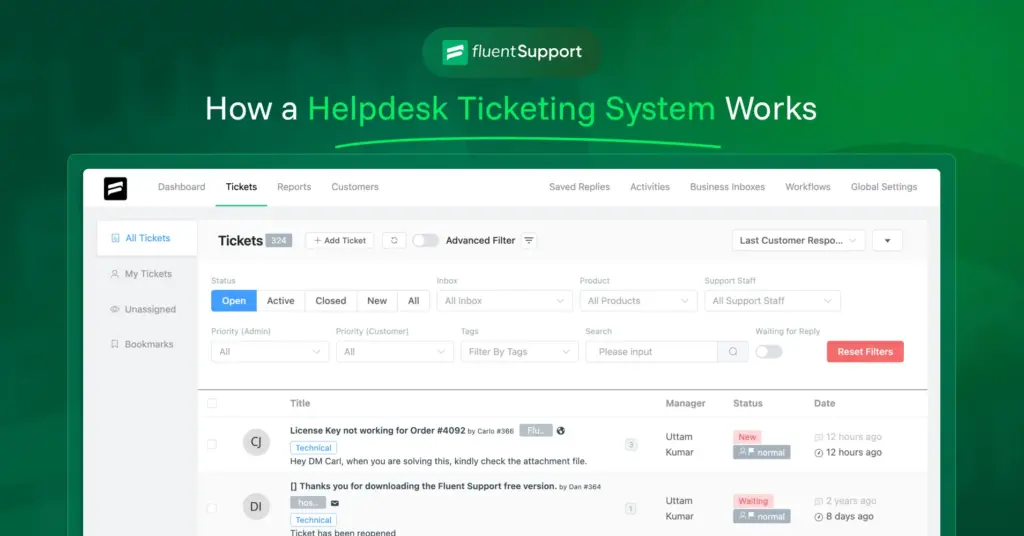
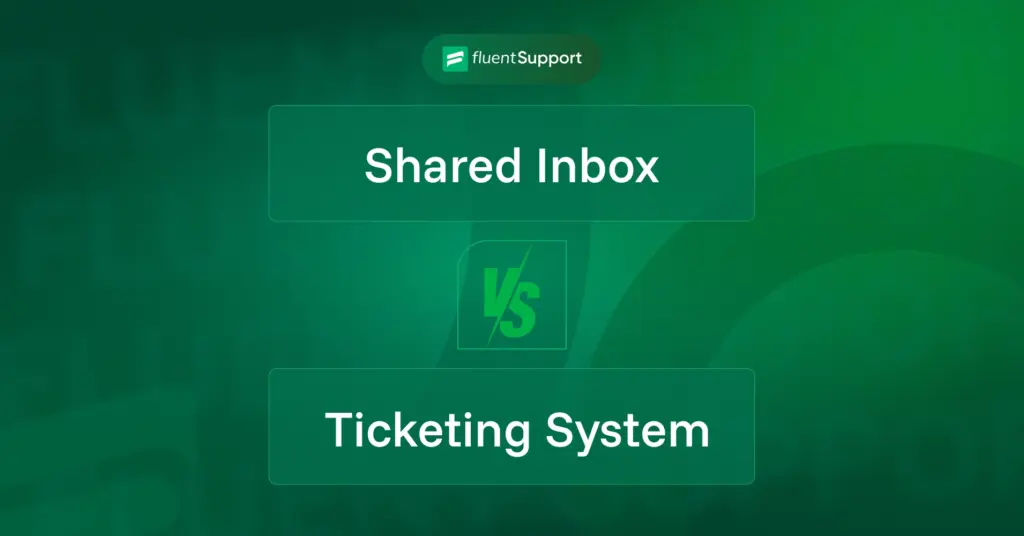
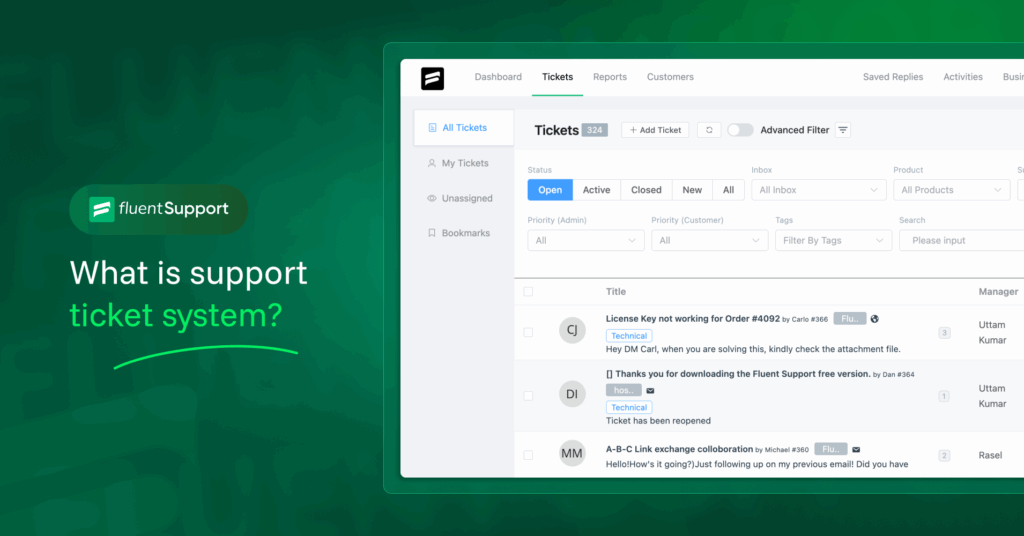
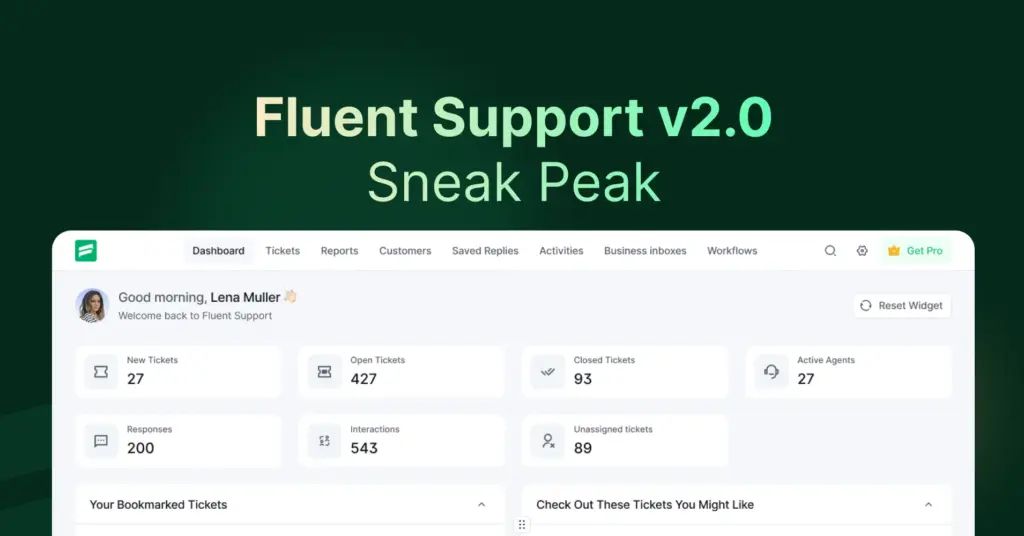
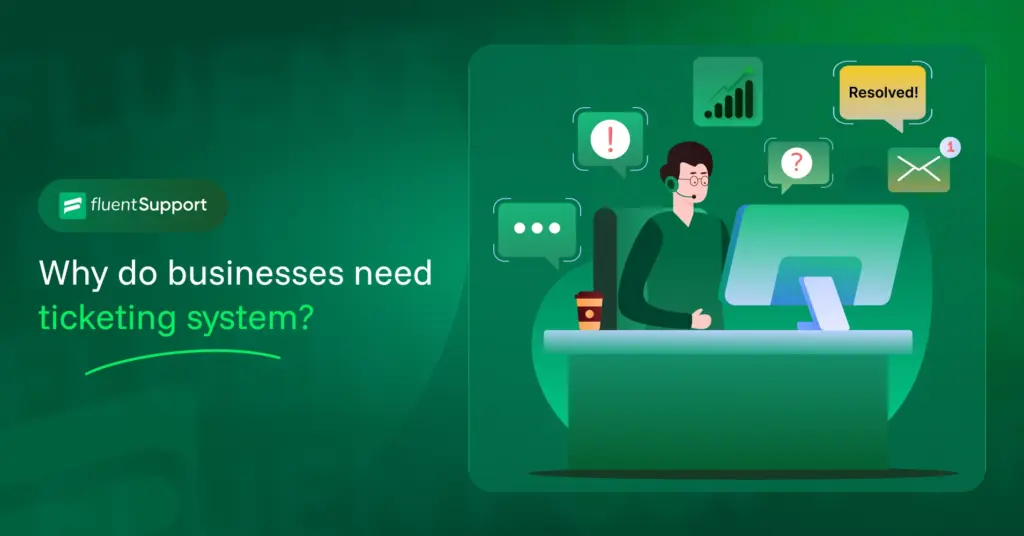

Leave a Reply